Home>Ideas and Tips>Phantom Leaks Mastering Roof Repair


Ideas and Tips
Phantom Leaks Mastering Roof Repair
Modified: October 27, 2024
Discover how to identify and fix phantom leaks in your roof with expert tips on maintenance, detection, and repair techniques. Keep your home safe and dry!
(Many of the links in this article redirect to a specific reviewed product. Your purchase of these products through affiliate links helps to generate commission for Storables.com, at no extra cost. Learn more)
Roof repairs are an essential part of maintaining your home's integrity and protecting it from the elements. However, many homeowners face a daunting task when it comes to identifying and addressing roof issues, especially those that are not immediately apparent. These "phantom leaks" can lead to significant damage over time if not properly diagnosed and repaired. In this article, we will delve into the world of roof repairs, exploring common causes of leaks, the importance of regular maintenance, and advanced techniques for detecting and fixing hidden problems.
Understanding Phantom Leaks
Phantom leaks refer to water damage or leaks that are not visible from the outside but can still cause significant harm to your home's structure and interior. These leaks often arise from issues such as missing or damaged shingles, cracks in the roof, or clogged gutters. Unlike visible leaks, phantom leaks can be more challenging to detect because they may not produce immediate signs of water entry. However, they can lead to mold growth, structural damage, and costly repairs if left unchecked.
Read more: How To Find Roof Leak
Common Causes of Phantom Leaks
-
Missing or Damaged Shingles:
Missing or damaged shingles are one of the most common causes of roof leaks. Over time, shingles can become worn out due to weather exposure, leading to gaps in the roof's surface. These gaps allow water to seep into the underlying layers of the roof, causing damage that may not be immediately visible. -
Cracks in the Roof:
Cracks in the roof can occur due to various reasons such as thermal expansion and contraction, poor installation, or age-related wear. These cracks can provide pathways for water to enter the roof, leading to phantom leaks. -
Clogged Gutters:
Clogged gutters are another common cause of phantom leaks. When gutters become clogged with debris like leaves and branches, water cannot flow freely and may seep into the roof's edges or corners. -
Poor Installation:
Poor installation is a significant factor in causing phantom leaks. If the roof is not installed correctly, it can lead to issues such as gaps between shingles, improper flashing, and inadequate underlayment. -
Tree Damage:
Falling tree branches or trees themselves can cause significant damage to roofs. This damage can range from broken shingles to wholly collapsed roofs, leading to both visible and phantom leaks.
The Importance of Regular Maintenance
Regular maintenance is crucial in preventing phantom leaks and extending the lifespan of your roof. Here are some tips on how to maintain your roof effectively:
Complete Necessary Repairs
Address any existing issues like torn or missing shingles, leaks, and damaged gutters promptly to avoid further damage from rain.
Gutter Maintenance
Ensure gutters are clean and functioning correctly to prevent overflow and water damage. Clean gutters at least twice a year—once in the spring and once in the fall—to keep them free from debris.
Inspect Flashing
Check and maintain flashing around skylights and other roof penetrations to prevent leaks. Flashing is a critical component that directs water away from potential entry points into your home.
Professional Inspections
Schedule annual inspections with a roofing professional to identify and resolve any issues before they escalate into major problems.
Routine Inspections
Conduct periodic inspections for signs of damage or wear and address them immediately. Look for missing shingles, curled or buckled shingles, and signs of wear around chimneys, vents, and skylights.
Debris Removal
Keep your roof free from debris like leaves and branches that can retain moisture and cause damage. Regularly clean your roof to prevent debris buildup.
Read more: How To Find A Roof Leak With No Attic
Tree Management
Trim trees and bushes near your roof to prevent damage from overhanging limbs and to reduce the risk of mold and algae growth.
Interior Checks
Don’t forget to inspect the interior of your roof for any signs of leaks or water damage. Check for stains on ceilings and walls, and look for signs of mold or mildew growth.
Proactive Repairs
Stay ahead of leaks by repairing any detected deterioration early, thus saving on emergency repairs and extending your roof’s life.
Advanced Techniques for Detecting Phantom Leaks
Detecting phantom leaks requires a combination of visual inspection, specialized tools, and sometimes advanced technologies like drone inspections.
Read more: How To Fix A Leaking Shed Roof
Visual Inspection
A thorough visual inspection is essential in identifying potential issues that could lead to phantom leaks. Here are some key areas to focus on during a visual inspection:
-
Shingles:
Check for missing or damaged shingles, curled or buckled shingles, and signs of wear around chimneys, vents, and skylights. -
Flashing:
Inspect flashing around skylights and other roof penetrations to ensure it is properly sealed and not damaged. -
Gutters:
Ensure gutters are clean and functioning correctly to prevent overflow and water damage. -
Roof Edges:
Check the edges of the roof for signs of wear or damage that could allow water entry. -
Attic Ventilation:
Proper attic ventilation is crucial in preventing moisture buildup which can lead to phantom leaks. Ensure there are adequate vents in the attic area.
Specialized Tools
In addition to visual inspection, specialized tools can help detect hidden problems:
-
Moisture Meters:
Use moisture meters to test for elevated moisture levels in the roof's underlayment or insulation. This can indicate potential leaks even if there are no visible signs. -
Thermal Imaging Cameras:
Thermal imaging cameras can detect temperature differences within the roof structure, indicating areas where moisture might be accumulating. -
Drone Inspections:
Drone inspections offer a bird's-eye view of your roof without the need for physical climbing. Drones equipped with high-resolution cameras can capture detailed images of roof damage and debris, helping professionals identify potential issues more accurately and quickly.
Repairing Phantom Leaks
Once you've identified a phantom leak, it's crucial to address it promptly to prevent further damage:
Identifying the Source
The first step in repairing a phantom leak is identifying its source. This may involve using specialized tools like moisture meters or thermal imaging cameras to locate areas where moisture is accumulating.
Read more: What To Do When Roof Is Leaking
Temporary Repairs
Temporary repairs can be done from inside your home to mitigate water damage until professional repairs can be made. Common steps include identifying the leak and using materials like tar or roof patching with caulk.
Professional Repairs
For more extensive repairs, it's advisable to engage professional roofing services. Here are some steps involved in professional roof repairs:
-
Assessment:
A professional roofer will conduct a thorough assessment of your roof to identify the extent of damage and determine the best course of action. -
Removal of Damaged Materials:
Remove any damaged shingles, underlayment, or other materials that are contributing to the leak. -
Installation of New Materials:
Install new shingles, underlayment, or other necessary materials to ensure a watertight seal. -
Sealing Gaps:
Seal any gaps or cracks around chimneys, vents, skylights, and other roof penetrations using flashing or sealants. -
Testing:
Once repairs are completed, test the roof for leaks using water or other methods to ensure it is watertight.
Roof Repair vs. Roof Replacement
Deciding whether to repair or replace your roof hinges on several factors including the age of your roof, the extent of damage, and cost implications of both options:
Minor Repairs
Minor issues like a few missing shingles can often be repaired without needing a full replacement. However, extensive damage might necessitate a complete overhaul.
Read more: How Much Does It Cost To Fix A Roof Leak
Extensive Damage
If your roof has suffered extensive damage due to weather exposure or other factors, it might be more cost-effective in the long run to replace it entirely rather than attempting extensive repairs.
Professional Assessments
Professional assessments can provide clarity on whether repairs are feasible or if replacement is necessary. Avoiding the domino effect of minor damages escalating into major ones is crucial in maintaining your home's integrity.
The Role of Insurance in Roof Repairs
Understanding what your insurance covers is crucial when facing roof repairs:
Covered Damages
Most policies cover damage from natural disasters such as hail storms or high winds but not wear and tear or maintenance issues.
Read more: How To Fix Leaking Pipe Under Sink
Initiating a Claim
Initiating a claim involves documenting the damage thoroughly and reviewing your policy to understand what is covered under your insurance plan. You may need professional estimates for repair or replacement costs which can be included in your claim.
Engaging Professionals
Engaging professionals for significant repairs not only ensures quality but may also align better with insurance requirements. DIY repairs might seem appealing for minor damages but could complicate insurance claims or void warranties.
Maintenance and Prevention
Maintaining your roof is crucial to ensure it remains in good condition:
Complete Necessary Repairs
Address any existing issues promptly to avoid further damage from rain.
Gutter Maintenance
Ensure gutters are clean and functioning correctly to prevent overflow and water damage.
Inspect Flashing
Check and maintain flashing around skylights and other roof penetrations to prevent leaks.
Professional Inspections
Schedule annual inspections with a roofing professional to identify and resolve any issues before they escalate into major problems.
Routine Inspections
Conduct periodic inspections for signs of damage or wear and address them immediately.
Debris Removal
Keep your roof free from debris like leaves and branches that can retain moisture and cause damage.
Read more: How To Find A Roof Leak With No Attic
Tree Management
Trim trees and bushes near your roof to prevent damage from overhanging limbs and reduce the risk of mold and algae growth.
Interior Checks
Don’t forget to inspect the interior of your roof for any signs of leaks or water damage.
Proactive Repairs
Stay ahead of leaks by repairing any detected deterioration early, thus saving on emergency repairs and extending your roof’s life.
Read more: Phantom Noises Silencing Squeaky Floors
Conclusion
Mastering roof repair involves a combination of regular maintenance, advanced techniques for detecting hidden problems, and prompt action when issues arise. By understanding common causes of phantom leaks, utilizing specialized tools like moisture meters and thermal imaging cameras, and engaging professional services when needed, homeowners can ensure their roofs remain watertight and secure against the elements. Remember that prevention is key; regular inspections and proactive repairs can save you from costly emergency repairs down the line.
Was this page helpful?
At Storables.com, we guarantee accurate and reliable information. Our content, validated by Expert Board Contributors, is crafted following stringent Editorial Policies. We're committed to providing you with well-researched, expert-backed insights for all your informational needs.
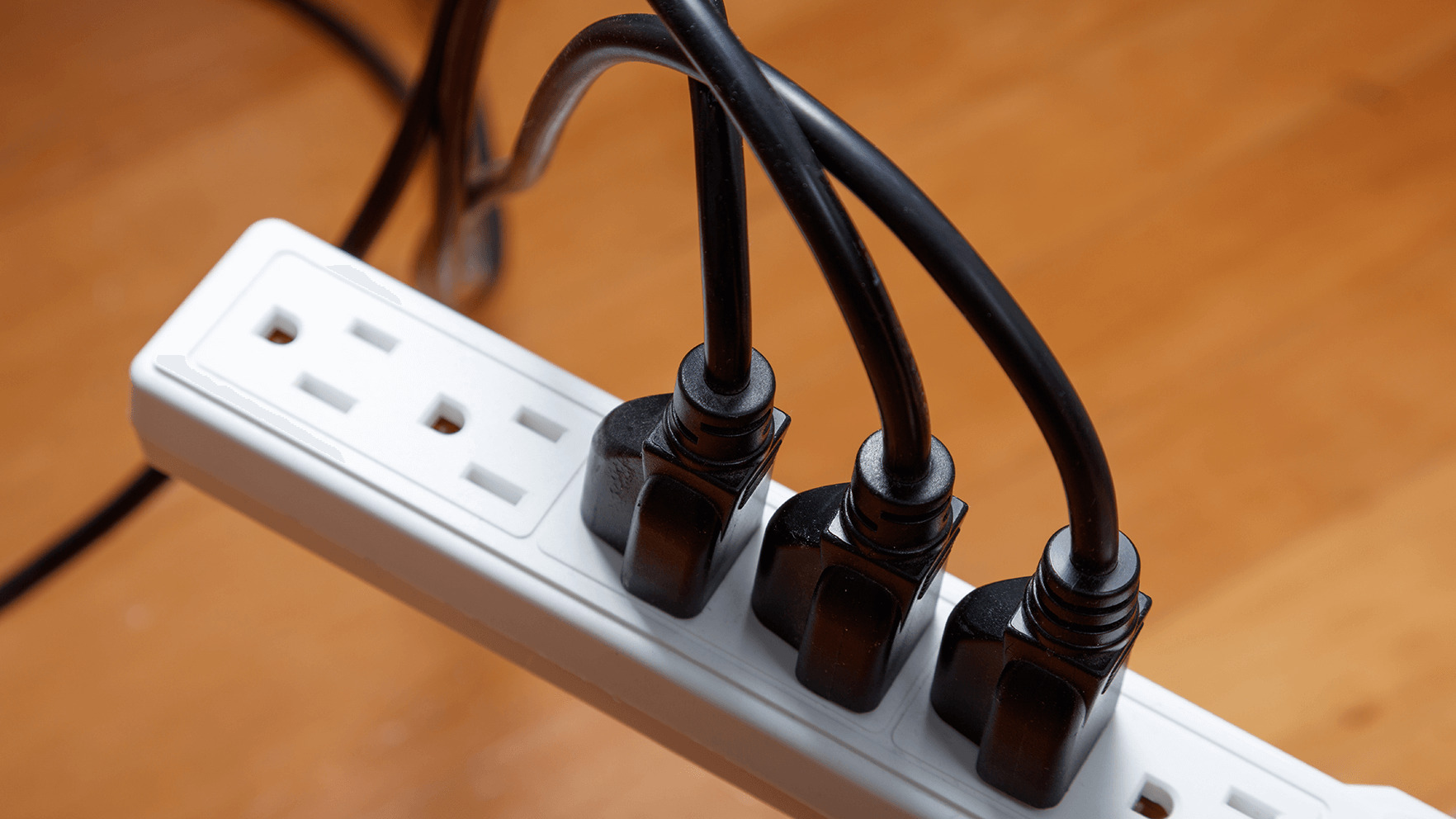
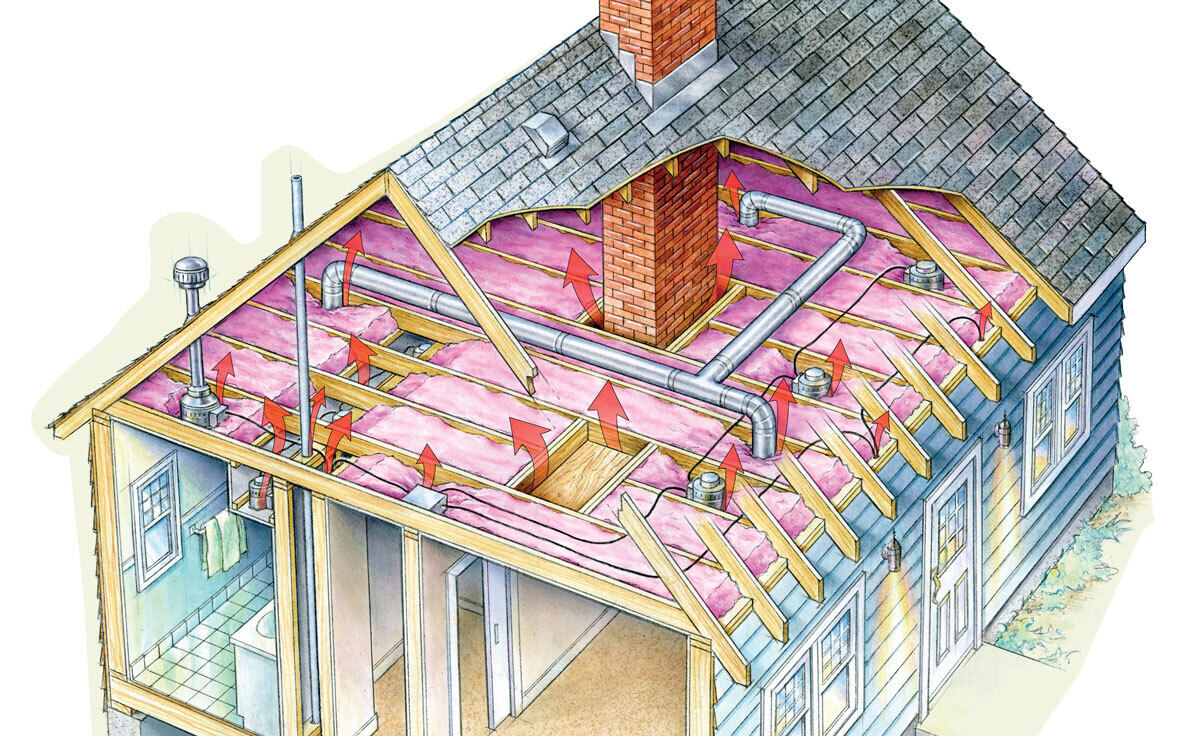
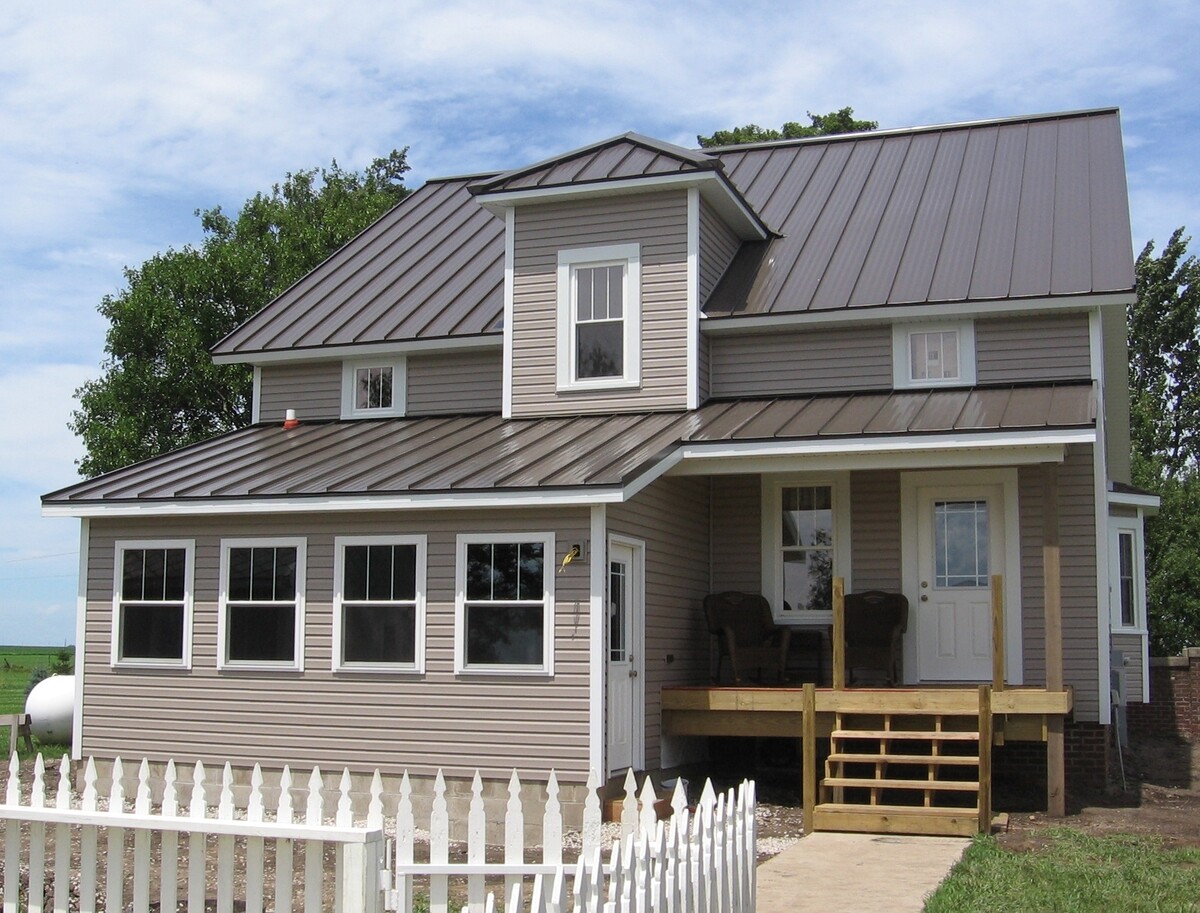

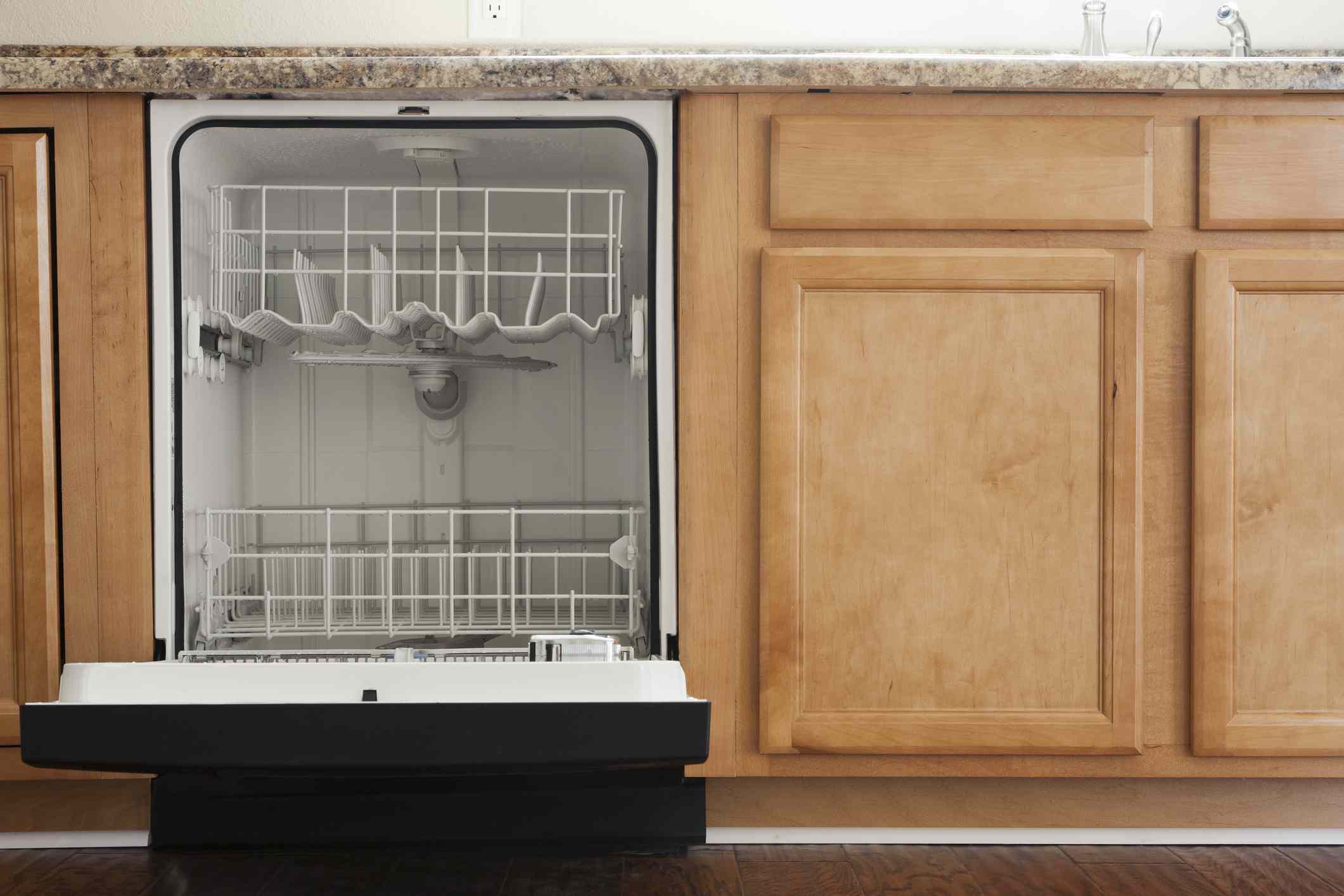
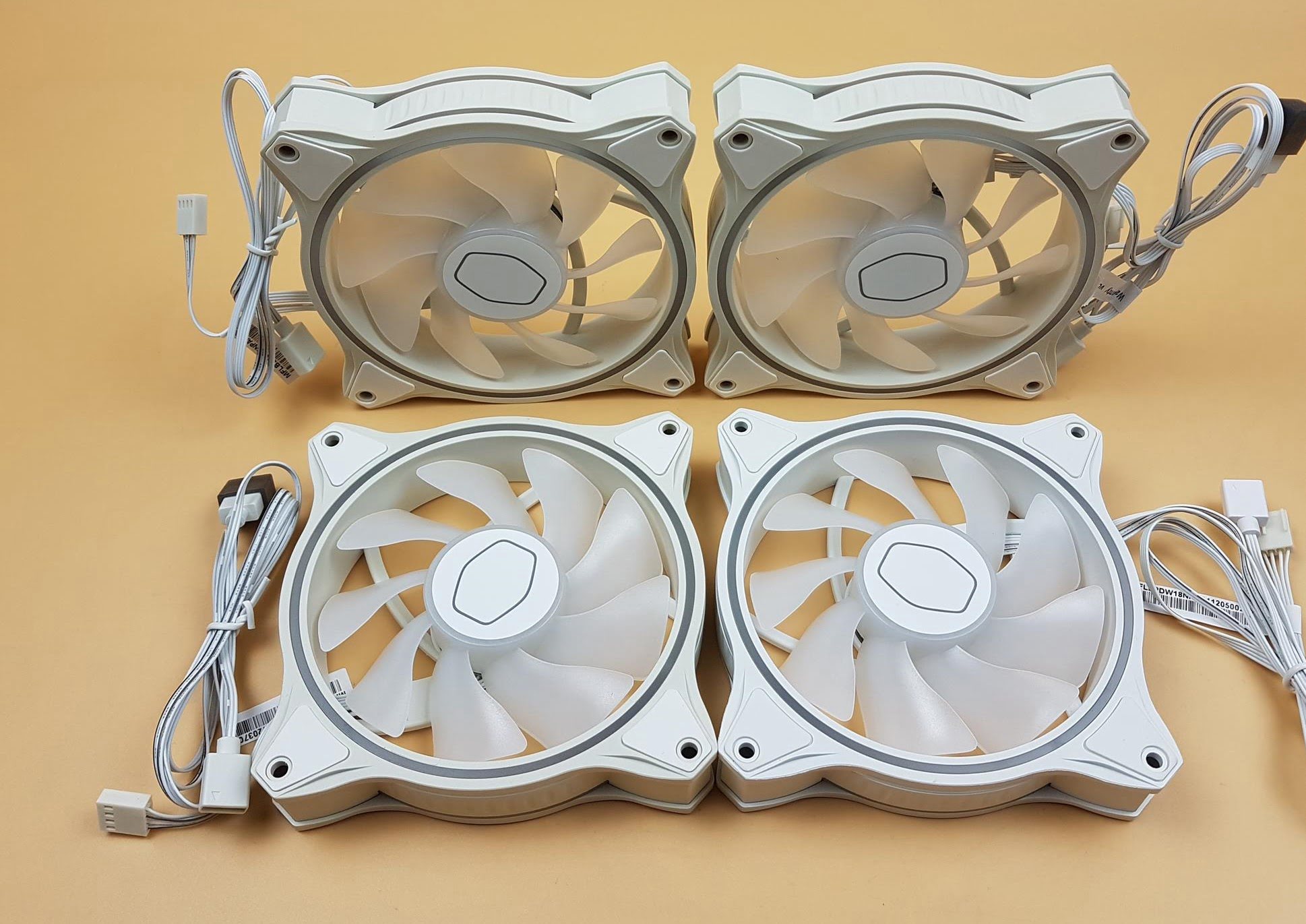

0 thoughts on “Phantom Leaks Mastering Roof Repair”